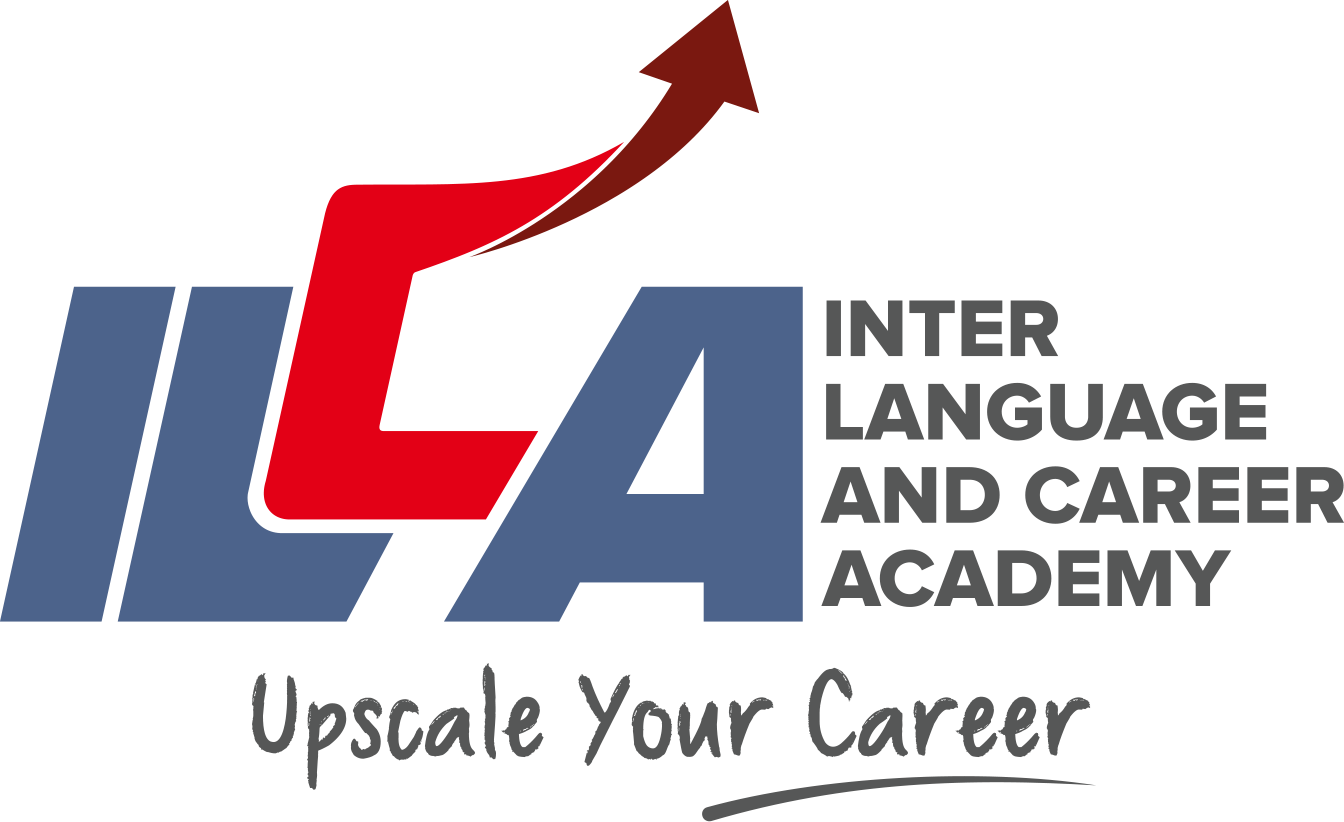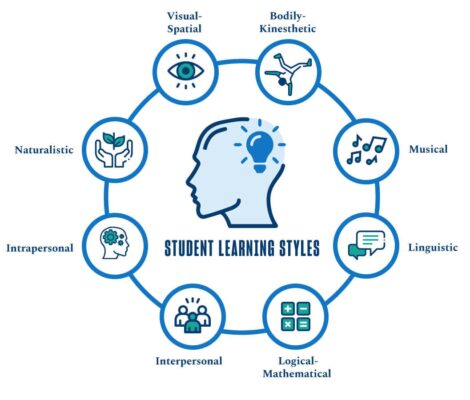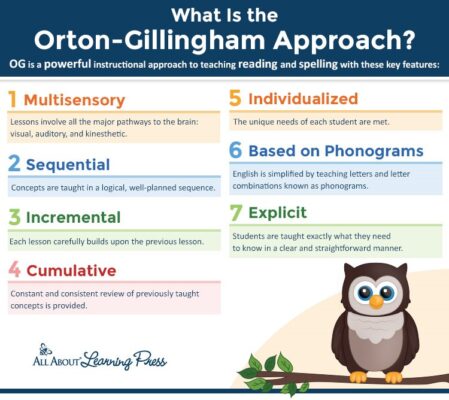“Dyslexia is not a pigeonhole to say you cannot do anything. It is an opportunity and a possibility to learn differently. You have magical brains; they just process differently. Don’t feel like you should be held back by it.”
Dyslexia is a language-based learning difficulty that affects the skills involved in accurate reading, identifying speech sounds, and how these sounds relate to the letters or words. We are talking about dyslexia in this article because it is related to language development in individuals. This is a must-read blog for dyslexic students and parents.
Do you think you are dyslexic?
Human Intelligence can be measured by examinations upon obtaining scores that predict outcomes of educational achievement, job performance, etc. Not all individuals have the same level of intelligence and learning skills. Similarly, dyslexic people might not have the same symptoms and learning styles.
You can be dyslexic if you possess the following symptoms. Learners with dyslexia are likely to have problems with:
- Learning
- Reading
- Phonological awareness (identifying speech sounds)
- Multisensory learning
- working memory (the amount of information that our brain can hold)
- speed/pace of processing information in the mind
Is Dyslexia related to human intelligence?
No, Dyslexia is not related to human intelligence. It depends on how the brain of an individual processes the information. It varies from person to person and affects the development of literacy and language-related skills.
Why is it important to know about individual learning styles?
One-size-fits-all is a not a suitable and correct approach to education. It is important to recognize that every learner has a unique learning style which caters to his/her learning level.
Learning styles refer to the different ways in which individuals process and retain information. There are several different models of learning styles, but some common categories include –
- visual,
- auditory,
- and kinesthetic.
Visual learners prefer to learn through images or diagrams, while auditory learners prefer to learn through listening and speaking. Kinesthetic learners prefer hands-on activities and movement.
Find out your child’s learning style from the picture below which illustrates the 8 learning styles in individuals.
8 learning styles
By understanding one’s own learning style from the above mentioned styles, one can develop strategies that may work the best for them and at the same time improve their ability to learn and retain information.
The Connection Between Dyslexia and Learning Styles
Research has shown that dyslexic students often have a specific learning style that differs from that of normal students. Dyslexic individuals mostly are visual-spatial learners. They prefer to learn through images and diagrams rather than written or spoken language. This may be because the brain processes visual information faster than it processes language.
As a facilitator or teacher, it is necessary to understand the connection between dyslexia and learning styles to develop effective teaching strategies for individuals with dyslexia.
Here are some strategies that you must know as a facilitator or a parent:
· Be patient with struggling students.
Students with dyslexia take time to decode. Give them books with vocabulary and sight words that they can easily decode.
· Allow them to take baby steps in learning.
Give them a book with simple vocabulary to start with. A book with too many difficult words may not be easy for them to understand. They will still struggle with reading, pronouncing, and understanding and comprehending each word.
Suggest books that can improve their fluency and skills in reading as well as spelling. Start with easy-to-decode books and move on gradually to the advanced ones once they have accomplished understanding the difficult ones.
Suggest effective books for dyslexic learners. A book has been mentioned below-
Easier English for Dyslexics: All English Sounds with Spelling Patterns
· Do not stuff too much information at once.
Present a new language in small and manageable chunks. Take time to understand the level of dyslexic learners. Feeding too much information can exhaust them. Always keep in mind, dyslexic students take time to grasp information and process it in their minds.
· Conduct the classes and lessons in a fun and encouraging manner.
Read stories to them over and over. Ask them to watch and listen intently. Encourage them to read as well. Reading makes pronunciation stronger. Use flashcards and props as context-setting so that they get to understand the stories better. Ask them to re-read the texts to help them build speed, accuracy, and confidence.
· Use tangible objects to stimulate their memory.
- Dyslexic children should be taught with the help of multisensory activities which involve reading, listening, watching, touching an object, moving physically around, or with the help of facial and body gestures. Use multisensory input.
- Engage them in fun activities. Use props or a different learning medium like puppets, videos, and real objects in the classroom. When learners use more than one sense at a time, their brain is stimulated in a variety of ways.
- If a child struggles with reading, do not be harsh to them. It might make him/her stubborn and they would like to give up reading. Be gentle to them. Repeat the whole process until they grasp the knowledge.
· Allow them time to engage and discuss with peers.
Learning with peers always sounds to be fun if given the right reading material. Allow them time to initiate a peer discussion for self and peer correction.
· Implement collaborative classroom management techniques.
A classroom should be supportive and collaborative. Encourage the learners and allow them to get to know each other. This will help learners feel comfortable thinking about ways to do tasks and collaborate for support.
· Make use of different learning styles.
To make learning more meaningful and inclusive, allow each child to express themselves using their individual learning styles. For example,
Suppose you read a story to them. Ask them to draw, write, and create from what they have understood from the story.
· Elicit answers at the end of lessons
For learners to recap and review at the end of the lesson, ask them questions. Use multiple techniques to assist learners to memorize new words, including drawing, music, movement, gesture, and visualization techniques.
Accommodations for Individuals with Dyslexia
Several accommodations are there to support individuals with dyslexia in learning environments. One common accommodation is allowing extra time especially for reading and writing tasks. Individuals with dyslexia take time to process information at their own pace. In order to reduce their anxiety, assignments can be timed in a specific way.
Accommodations that a teacher or a parent can apply to improve reading and writing skills in dyslexic individuals –
- Apply a multisensory approach to learning.
- Allow them to take notes.
- Use assistive technologies in learning.
Dyslexic students often have difficulty transferring their thoughts and ideas into writing. Use assistive technology such as text-to-speech software or speech-to-text software to reinforce their learning. Provide visual aids and diagrams to supplement written or spoken language. With the help of these accommodations, individuals with dyslexia can access and process information easily and more effectively.
- Implement suitable evaluation techniques.
Avoid red pens while you assess and evaluate a student’s assignment. The use of red pens in assignments and tests offends weak learners and they get demotivated.
What will you do if you have a dyslexic learner in the classroom?
A few suggestions for teachers having dyslexic learners in the classroom:
- share the dyslexia disorder with parents of dyslexic kids.
- prepare study materials with a large font.
- praise and encourage such children.
- do not ask them to read aloud.
- teach spelling and pronunciation.
- communicate with such students often.
- Help them to learn with the help of audiobooks.
- provide one on one feedback.
- conduct creative oral and written tests.
- work with a specialist and develop an IEP (Individualized Education Program).
- enlighten other students in the class about dyslexia.
- start grading students based on schoolwork.
What is the Orton – Gillingham approach?
It is a powerful instructional approach to teach reading & spelling with the help of these key features mentioned below –
Supporting Individuals with Dyslexia Outside of School
Support dyslexic individuals outside school and learning environment
Help individuals to succeed by supporting them outside their learning environment. To build confidence and improve their reading skills, encourage them to read for pleasure. Parents should provide access to audiobooks, podcasts with subtitles, and other forms of media that can also help individuals with dyslexia to engage in language learning.
Providing emotional support and encouragement is also necessary for parents to support their dyslexic children. With the help of the right tools and support, individuals with dyslexia can succeed both inside and outside of the classroom.
Conclusion
Understanding dyslexia and learning styles is crucial in developing effective strategies for learning. By recognizing the unique challenges faced by individuals with dyslexia and catering to their preferred learning styles, educators and caregivers can help individuals with dyslexia to succeed in academic and personal pursuits.
By providing appropriate accommodations and support, individuals with dyslexia can overcome obstacles and reach their full potential. With continued research and advocacy, we can continue to improve our understanding of dyslexia and develop new strategies to support individuals with dyslexia.



